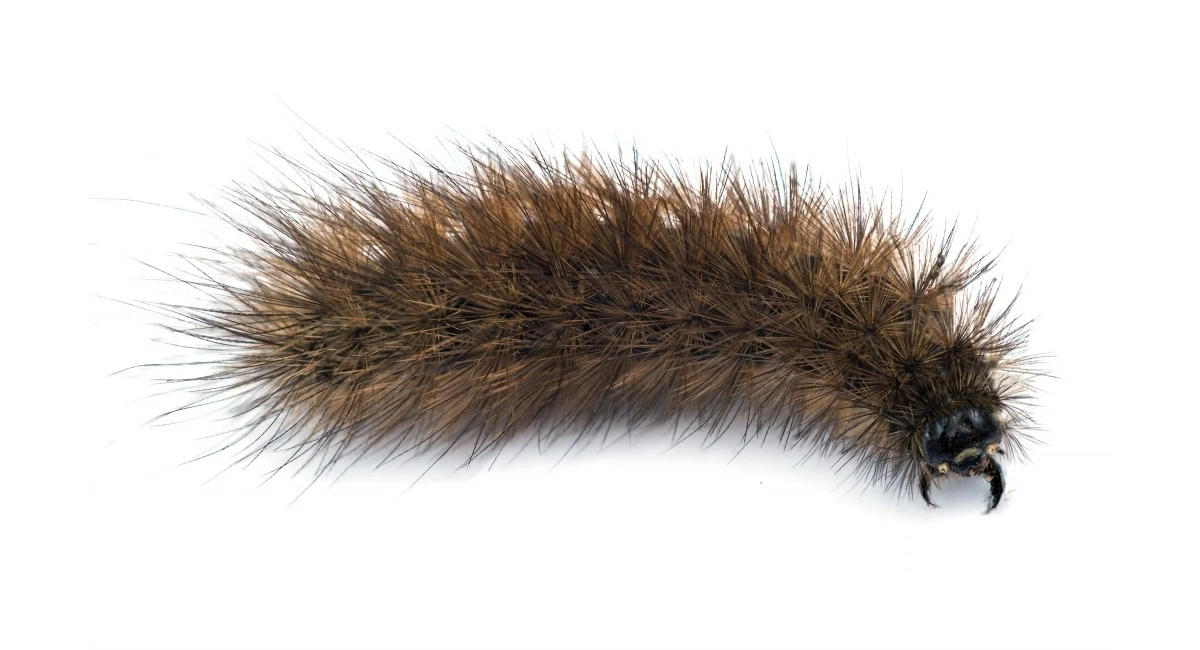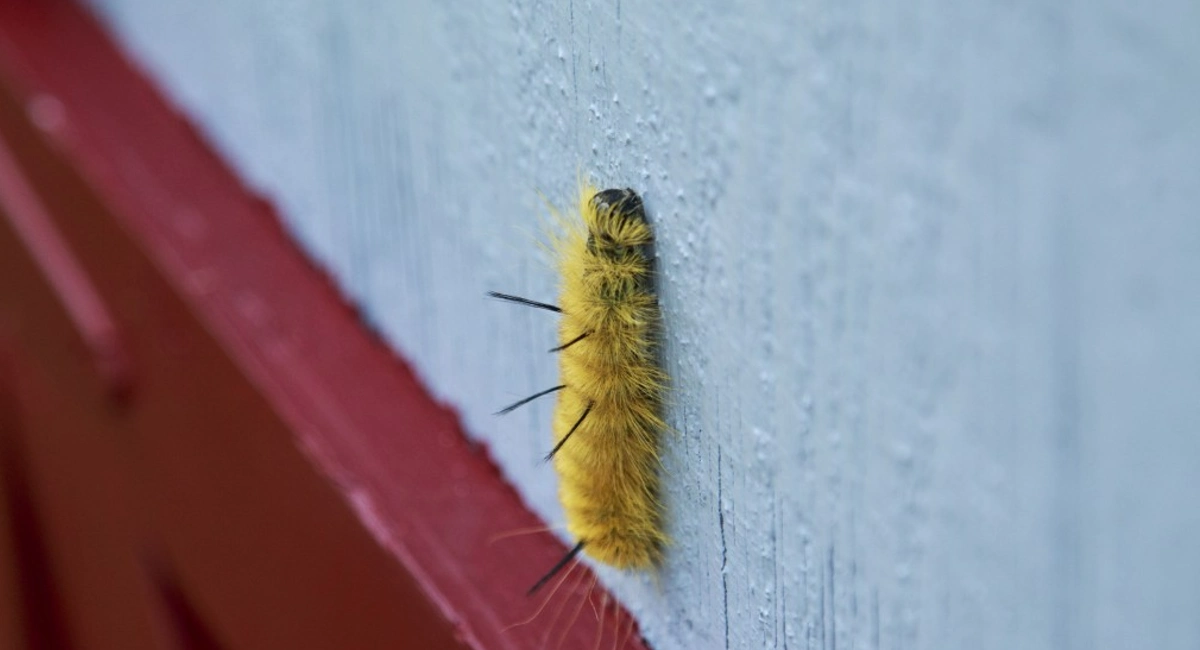For your Home
Login or register for the customer portal

With over 20,000 different caterpillar species in the world, you’re bound to spot one that you’ve never seen before…at least every once in a while. As the stunning colors of fall begin to fade into the bleakness of winter, we decided to take a look at some caterpillars whose coloring will help keep the vision of fall alive.

Native to the southern United States, Mexico, and Puerto Rico, the Gulf Fritillary Caterpillar looks much more threatening than it actually is. Its black spikes are not harmful and are complimented perfectly by a deep orange color that resembles the leaves of fall. The Passionvine is the host plant for this caterpillar. The Gulf Fritillary Caterpillar will eat its own eggshell after hatching, and then will begin in on the plant. It will then molt 4 times before pupating, remaining a caterpillar for about 2-3 weeks. After each molt, you might spot blonde spikes. It is not until they’ve dried out that the spikes become jet black.

This Spicebush Swallowtail Caterpillar isn’t always this vibrant shade of orange, as it only turns this color when it stops eating right before pupation. It spends most of its time a light shade of green, easily blending in with the leaf shelters in which it lives. The Spicebush Swallowtail larvae spin silk onto the leaves of its host plant, and when the silk dries out, the leaf edges curl over, creating a shelter in which the caterpillar can hide. The black spots on either side of this Swallowtail caterpillar resemble giant eyes that make it look a bit cartoon-like, but don’t let its innocent appearance fool you! When it feels threatened, the Spicebush Swallowtail larvae will extend its osmeterium (two protrusions from the head) and try to smear chemical repellent on the potential predator.

With a name like the Wooly Bear Caterpillar, you might think this guy would be soft and cuddly, but that’s not the case. Its hair isn’t like wool at all. Instead, the hair is short and stiff. The hair’s color changes with every molt, becoming redder each time. Found all over the United States, these caterpillars have many host plants such as aster, birches, clover, corn, elms, maples, and sunflowers. When it isn’t feeding on its host plants, you can find the Wooly Bear under bark or inside cavities of rocks and logs, hiding from the elements. They can travel up to a mile looking for the perfect place to hibernate. The Wooly Bear Caterpillar even has its own legend. These fuzzy creatures have a reputation for being able to forecast how harsh the coming winter will be. Though the theory is discounted by most scientists, legend has it that the wider the reddish-brown sections on the Wooly Bear Caterpillar are, the milder the winter.

Like the Gulf Fritillary Caterpillar, the American Dagger Caterpillar has spikes that make it appear quite menacing. But unlike its barbed buddy, the American Dagger’s bristles serve as a defense mechanism and sting when touched. They can even break off into skin, leading to rash and/or skin irritation. This yellow caterpillar may only be two inches long, but he means business! The American Dagger has many types of deciduous host trees throughout the eastern United States, making it a likely visitor of places such as backyards, forests, and parks. Make sure just to look and not touch the next time you see this guy out and about!

Last but not least is the Atala Caterpillar, another caterpillar that isn’t particularly friendly to its predators. When the Atala feeds on its host plant, the coontie, it takes chemicals like cycasin from the plant that will poison predators later on. Their bright red color serves as a warning of their poisonous nature. Born as flesh-colored larvae from spiked eggs, these caterpillars are primarily native to south Florida, the Bahamas, and Cuba.
No matter how attractive caterpillars might be, they only last for a couple of weeks and then some become moths. Though moths pose no health risks to humans, they can leave holes in your favorite fabrics and keepsakes.

If you’re experiencing a moth problem, give Ehrlich a call at 877 462 0931 or contact us online. Our pest specialists are the best in the business.
Our new pricing tool can help you get a better estimated cost using a few factors like: